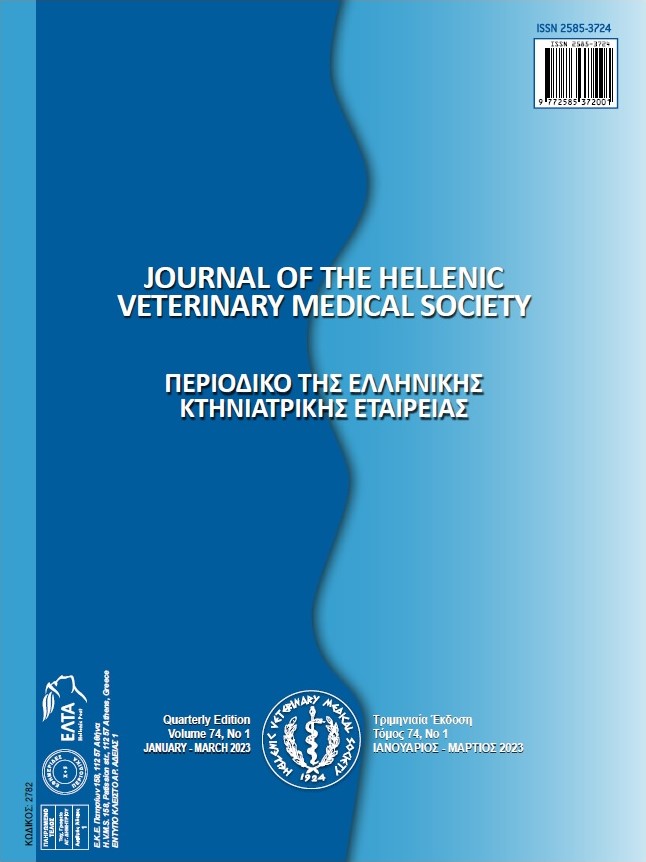Effect of severe dietary restriction on growth and slaughter characteristics of non-selected growing rabbits

Abstract
This work was carry out to study the effects of dietary restriction by limiting rabbit access to the feeder on fattening performance. A total of 44 weaned rabbits, of 32-35 days, were randomly divided into 2 groups, the control group (C) fed ad-libitum throughout the fattening period and the group with restricted access to the feed restriction (R). The weekly feeding program of the R group consisted of a restricted access time to the feed trough for 5 days (3h/d) and an ad libitum feed distribution for the weekend during the 5 weeks post-weaning. Two weeks before slaughter (10 to 12 weeks of age), the rabbits from the Group R were fed ad libitum. Results showed lower live weights for Group R at 10 weeks of age (R: 1084.7 g vs. C: 1510.7; p<0.05) but similar at 12 weeks of age (R: 1557.2 g vs. C: 1800.9 g; P>0.05). Different daily feed intakes throughout the fattening period and similar average daily gains (R:16.25 g/d vs. C:22.10 g/d; p>0.05). The feed intake index at the end of fattening was significantly higher in control animals (C:4.15 vs. R:3.85, p=0.001). Carcass yield was similar (C: 68.07% vs. R: 65.70%; p>0.05), peri-renal fat weight was higher in control rabbits (C: 27.17g vs. R: 13.67g; p=0.002).The results of the present study indicate the economic interest of using a feed restriction strategy that could be popularized in local rabbit farms.
Article Details
- How to Cite
-
Saidj, D., Imelhayen, M., Dorbane, Z., Talaaziza, D., Chirane, M., Korteby, H., Moula, N., & Kadi, S. (2023). Effect of severe dietary restriction on growth and slaughter characteristics of non-selected growing rabbits. Journal of the Hellenic Veterinary Medical Society, 74(1), 5219–5226. https://doi.org/10.12681/jhvms.28734 (Original work published April 11, 2023)
- Issue
- Vol. 74 No. 1 (2023)
- Section
- Research Articles

This work is licensed under a Creative Commons Attribution-NonCommercial 4.0 International License.
Authors who publish with this journal agree to the following terms:
· Authors retain copyright and grant the journal right of first publication with the work simultaneously licensed under a Creative Commons Attribution Non-Commercial License that allows others to share the work with an acknowledgement of the work's authorship and initial publication in this journal.
· Authors are able to enter into separate, additional contractual arrangements for the non-exclusive distribution of the journal's published version of the work (e.g. post it to an institutional repository or publish it in a book), with an acknowledgement of its initial publication in this journal.
· Authors are permitted and encouraged to post their work online (preferably in institutional repositories or on their website) prior to and during the submission process, as it can lead to productive exchanges, as well as earlier and greater citation of published work.


